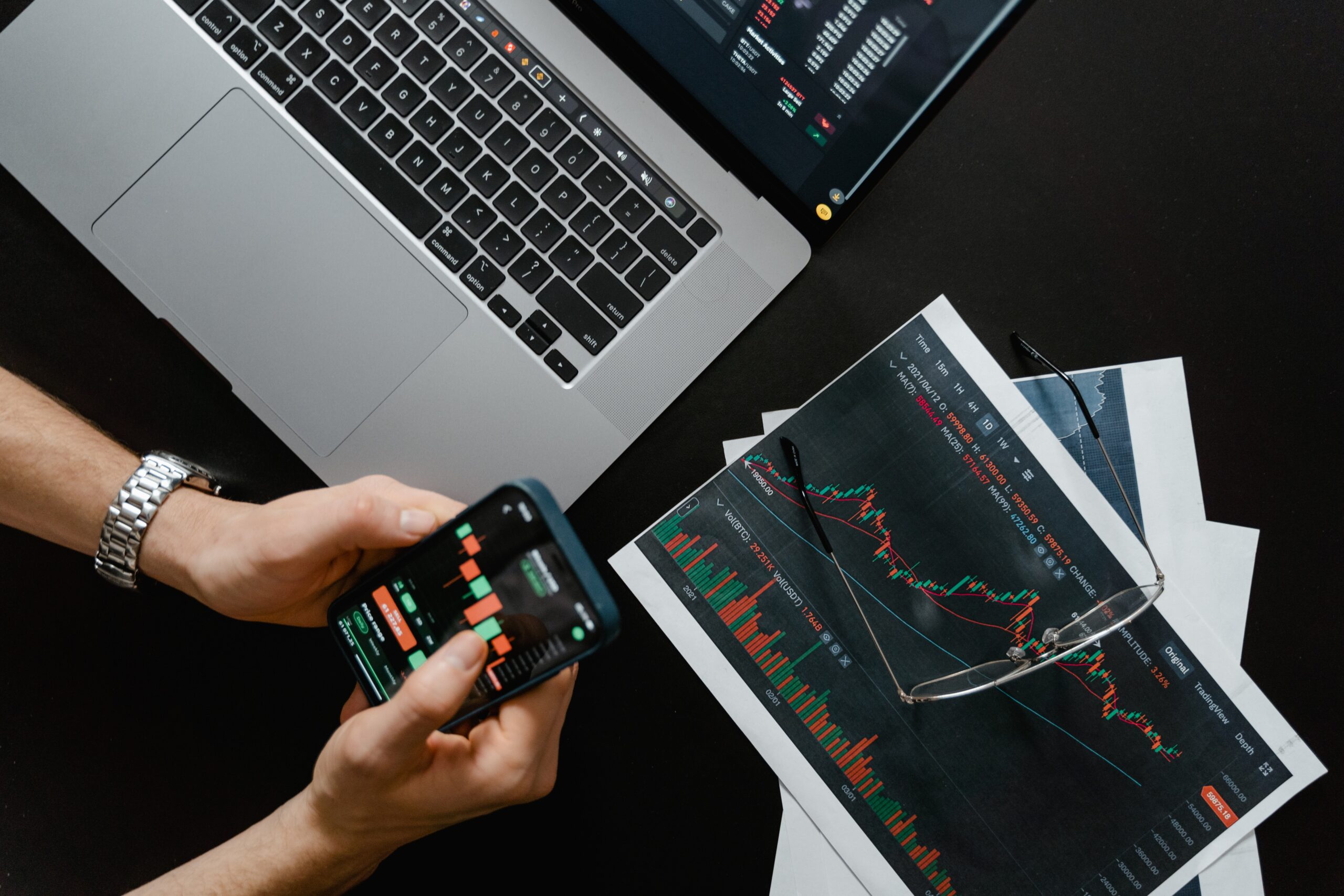What is an Automated Market Maker?
AMM (Automated Market Maker) is a software algorithm used to control liquidity and price crypto assets on decentralized exchanges. In the DeFi industry, AMM systems are frequently employed, especially on decentralized exchanges (DEXs) such as Uniswap, Balancer, Bancor, and Curve.
...

AMM (Automated Market Maker) is a software algorithm used to control liquidity and price crypto assets on decentralized exchanges.
In the DeFi industry, AMM systems are frequently employed, especially on decentralized exchanges (DEXs) such as Uniswap, Balancer, Bancor, and Curve.
AMM exploits liquidity in cryptocurrency public pools of several tokens locked in specialized smart contracts to establish decentralized marketplaces.
The History of Automatic Market Maker’s (AMM)
The majority of DeFi trading protocols are powered by the Automated Market Maker (AMM), an offline trading mechanism. It guarantees the transfer of funds and the successful completion of user exchange transactions on the accessible crypto asset marketplaces.
Alan Liu, a member of the Gnosis project team, was the first known developer to discuss integrating AMM. Vitalik Buterin, the creator of Ethereum, described his views in a blog post in July 2017 and on Reddit in 2016.
This idea served as the foundation for the protocol of the Uniswap platform, which was awarded the Ethereum Foundation’s first $100,000 grant. Vitalik Buterin also provided guidance to the Uniswap programmers.
Because of Uniswap, AMM later gained widespread recognition. At the same time, the Bancor Network platform, which raised $140 million through an ICO in June 2017, is one of the first successful applications of AMM.
Liquidity Pools and AMM: What’s the Connection?
The liquidity pool, a type of storage for cryptocurrency assets in the form of a smart contract, is a crucial component required for the proper operation of AMM. A market called the liquidity pool, which functions similarly to a trading pair on a centralized exchange, is typically made up of two cryptographic assets.
Some pool participants lock their money in order to make money through exchange commissions. Liquidity providers are those kinds of customers.
Another group includes the direct users of the decentralized exchange who utilize one of the pools to exchange cryptocurrencies according to the protocol (these transactions are referred to as “swaps”).
The early DEX exchanges used the same order book as centralized exchanges and were powered by Ethereum. Such a trading system needs to execute transactions at a very fast rate in order to be useful. Since a decentralized exchange’s transactions are verified by the blockchain, its actual speed and functionality were severely constrained. AMM offered a remedy for this issue.
As a result, AMM is a fundamentally distinct method of developing an asset market. It is a formula or set of rules that governs how the protocol handles buy and sell orders as well as user reserves.
What Drawbacks Does AMM Have?
AMM has unmistakable drawbacks despite being a breakthrough for trade and DeFi. First off, employing AMM to execute swaps has a significant risk of price slippage. This then raises the possibility of sporadic losses for LP and miner extractable value (MEV) for regular users.
Other forms of AMM are being developed to mitigate these dangers, such as the CowSwap project, which combines the advancements of AMM-Balancer and the Gnosis protocol.
Second, unlike centralized exchanges, there is only one kind of order that may be made while trading through AMM. Trades cannot be made using limit orders or other forms, including stop loss orders.
